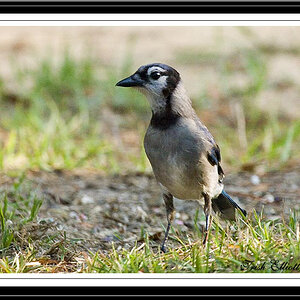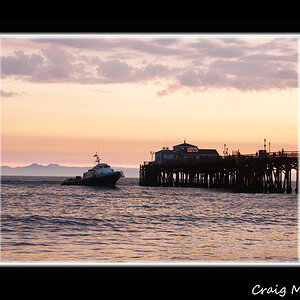YoungPic
TPF Noob!
- Joined
- Feb 24, 2007
- Messages
- 145
- Reaction score
- 0
- Location
- Mississauga, Ontario, Canada
- Can others edit my Photos
- Photos OK to edit
Got my canon 40d and can't be happier. Now im trying to find the 70-200 lens that fits me. Ive looked at sigma, and heard really good and extremley bad also, so kinda passed them a side. So now im pretty much locked in with canon, and the 70-200 2.8, dont like the f/4 too much because im probably going to buy the 1.4x converter also. So there's my choice the 70-200 2.8, now my question is do i really need the IS? I have it in my 17-85 and it works but dont really rely on it too much. Ill be using the 70-200 mostly outside for race cars and other stuff. the odd time i would use it inside i would probably use a flash and plus the lens is a 2.8 so its fast. So basically IS or no IS? and will i see a difference between the two in means of picture quality?
p.s. and of course the whole reasoning beind this is that the IS is almost $700 more
p.s. and of course the whole reasoning beind this is that the IS is almost $700 more


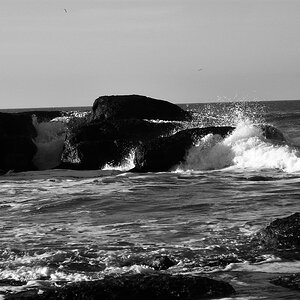
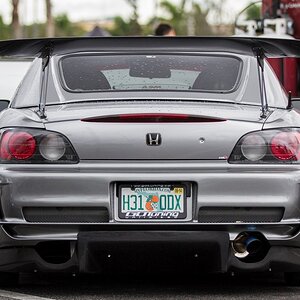
![[No title]](/data/xfmg/thumbnail/34/34083-76406a409bc520ead3cc11af09ebd257.jpg?1619736269)
![[No title]](/data/xfmg/thumbnail/42/42040-7a66cabbeffd44783ea44a91ef4d0e70.jpg?1619739987)


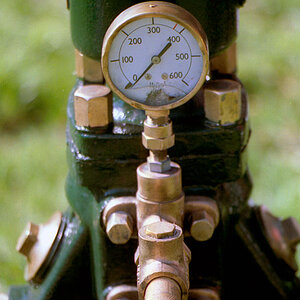
![[No title]](/data/xfmg/thumbnail/31/31033-d583468208439e9103b8a87a7eccb965.jpg?1619734580)

